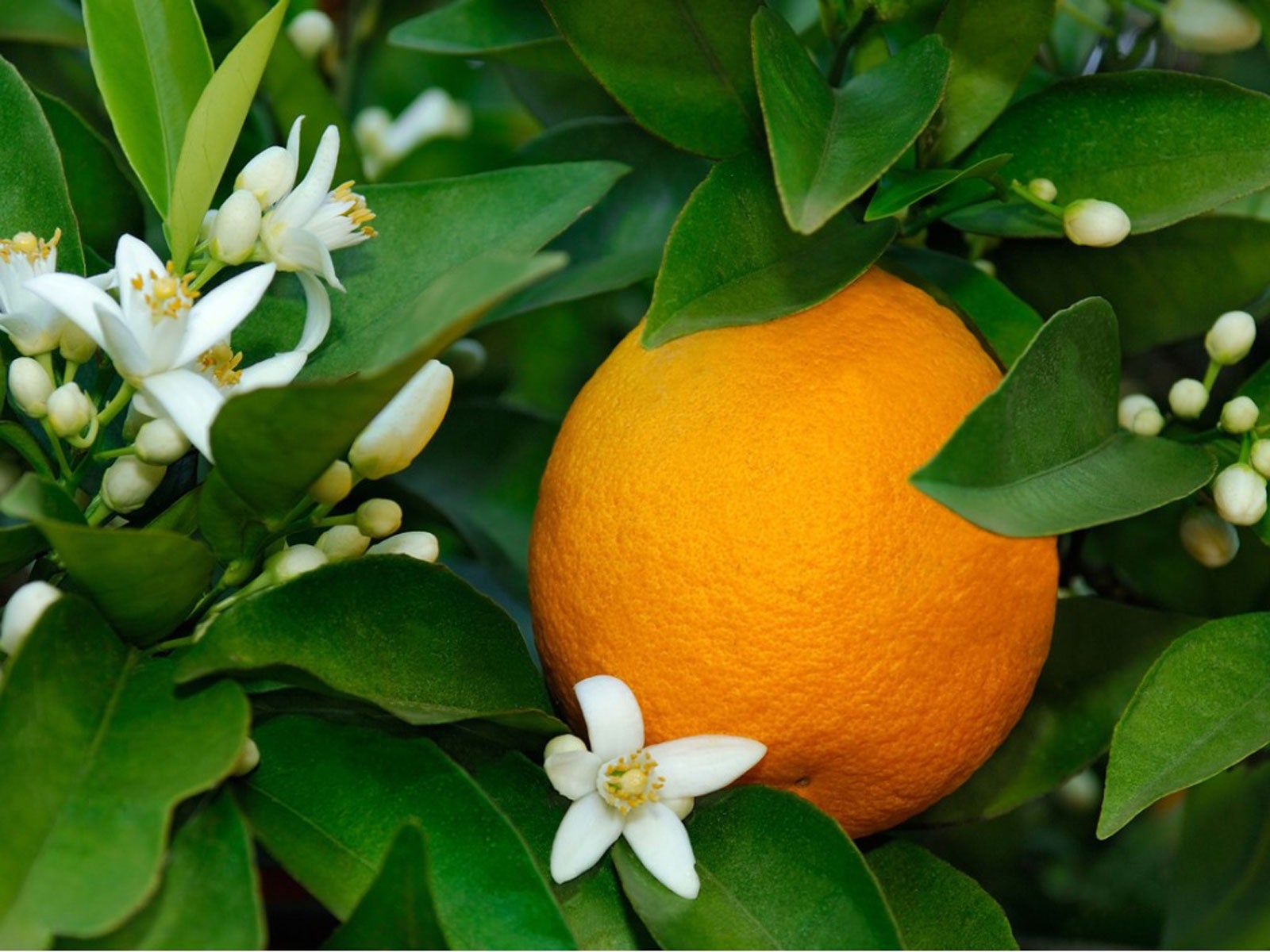Flowering Orange Harvest: Tree Has Oranges And Flowers At Same Time


Anyone growing orange trees appreciates both the fragrant spring blossoms and the sweet, juicy fruit. You may not know what to do if you see oranges and flowers at the same time on the tree, however. Can you harvest from a flowering orange tree? Should you allow both waves of fruit crops to come to orange harvest? That depends on whether they are overlapping orange crops as opposed to off-bloom fruit.
Orange Fruit and Flowers
Deciduous fruit trees bear one crop a year. Take apple trees, for example. They produce white blossoms in spring that develop into tiny fruit. Over the season those apples grow and mature until at last autumn comes and they are ready for harvest. In autumn, the leaves fall, and the tree goes dormant until the following spring.
Orange trees also produce blossoms that grow into developing fruit. Orange trees are evergreen though, and some varieties in certain climates will produce fruit all year long. That means a tree may have oranges and blossoms at the same time. What’s a gardener to do?
Can You Harvest from a Flowering Orange Tree?
You are more likely to see both orange fruit and flowers on Valencia orange trees than on other varieties because of their long ripening season. Valencia oranges sometimes take 15 months to ripen, which means that they are quite likely to have two crops on the tree at the same time.
Navel oranges only take 10 to 12 months to mature, but the fruit can hang on the trees for weeks after ripening. So, it’s not unusual to see a navel orange tree flowering and setting fruit while the branches are hung with mature oranges. There is no reason to remove the maturing fruit in these cases. Harvest fruit as it ripens.
Flowering Orange Tree Harvest
In other cases, an orange tree blooms at its usual time in late winter, then grows a few more flowers during late spring, called “off-bloom fruit.” The oranges produced from this second wave may be of inferior quality.
Commercial growers strip off-bloom fruit from their trees in order to allow the orange tree to focus energy on the main crop. This also forces the tree back to its normal schedule of flowering and fruiting.
Sign up for the Gardening Know How newsletter today and receive a free copy of our e-book "How to Grow Delicious Tomatoes".
If your orange blossoms appear to be a late wave of off-bloom fruit, it may be a good idea to remove them. Those late oranges could interfere with your tree’s regular bloom time and affect next winter’s crop.

Teo Spengler is a master gardener and a docent at the San Francisco Botanical Garden, where she hosts public tours. She has studied horticulture and written about nature, trees, plants, and gardening for more than two decades, following a career as an attorney and legal writer. Her extended family includes some 30 houseplants and hundreds of outdoor plants, including 250 trees, which are her main passion. Spengler currently splits her life between San Francisco and the French Basque Country, though she was raised in Alaska, giving her experience of gardening in a range of climates.